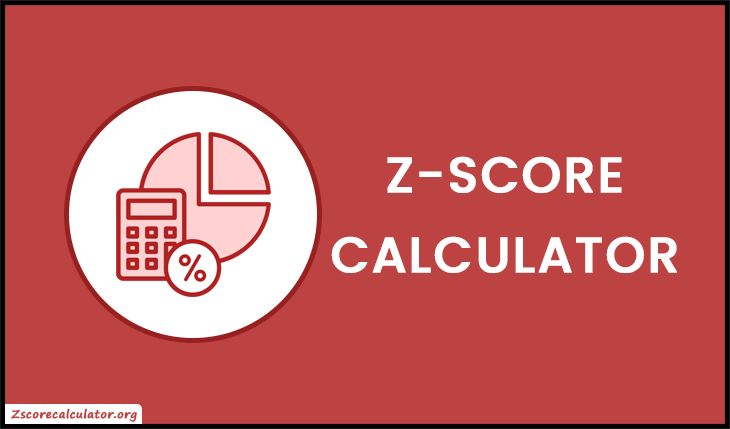Z-score Calculator
The z-score calculator is designed to determine the z-value from the raw score, sample mean and size, and a data sample.
Compute Z-score Using:

How to Use the Z-score Calculator?
- First, choose how you want to calculate the z-score. The tool allows you to find the z-value using the row score or data point, sample mean and size, and a data sample.
- After selecting the calculation method, input all the required values based on the chosen option.
- For a data sample, enter the set of numbers with a comma or space separator.
- Press the 'Calculate' button to obtain the z-score for a normal distribution.
- When you select the row score method, the tool returns the probabilities (left-tailed, right-tailed, two-tailed) along with the z-score.
- For the new calculations, press the 'Reset' button to clear the input and output fields.
What is Z-score?
The z-score, also known as the standard score, defines how far a specific data value is from the mean (average) of a dataset. It's measured in terms of standard deviations.
It helps to understand whether a data point is unusual or typical compared to the rest of the data.
Interpretation
Z = 0: The data point is exactly at the mean.
Z > 0: The data point is above the mean.
Z < 0: The data point is below the mean.
Z-score Formula
The z-score for a single data point is calculated using the following formula:
| z = |
|
Where,
z = Standard score,
x = Row score or a data point,
μ = Population mean,
σ = Population standard deviation.
The following formula is used to calculate the z-score for a sample:
| z = |
|
Where,
x̄ = Sample mean,
n = Sample size,
μ = Population mean,
σ = Population standard deviation.
Example 1:
Calculate the z-score for a row score of 23, population mean of 42, and standard deviation of 17.6.
Solution:
Here,
x = 23
μ = 42
σ = 17.6
Apply the z-score formula.
| z = |
|
| z = |
|
| z = |
|
z = -1.07955
P-value from the Z Table:
P(x < 23) = 0.14017
P(x > 23) = 1 - P(x < 23) = 0.85983
P(23 < x < 42) = 0.5 - P(x < 23) = 0.35983
Example 2:
Suppose the sample mean is 55, the sample size is 12, the population mean is 46, and the population standard deviation is 32. Compute the z-value for a given normal distribution.
Solution:
Here,
x̄ = 55
n = 12
μ = 46
σ = 32
Put values into the formula.
| z = |
|
| z = |
|
| z = |
|
| z = |
|
z = 0.97428